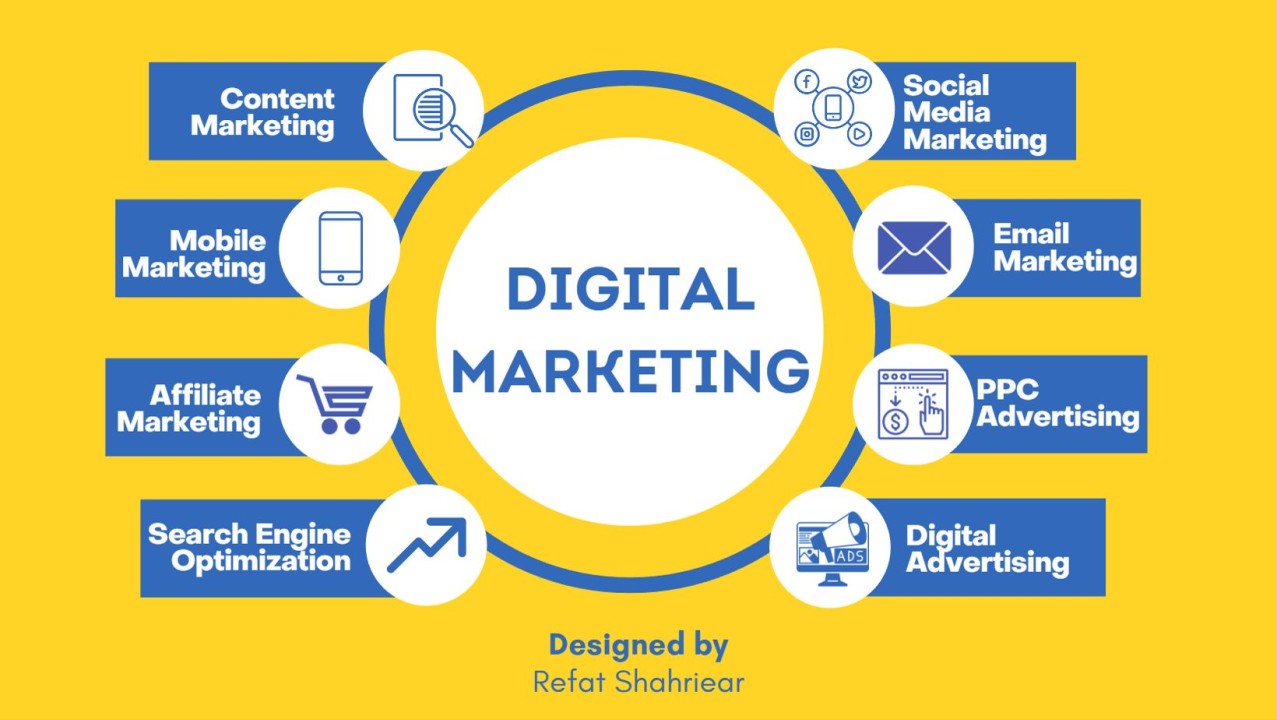Redefine Visual Appeals with Web Design Carlsbad: Where Charm Satisfies Function
Redefine Visual Appeals with Web Design Carlsbad: Where Charm Satisfies Function
Blog Article
Enhance Individual Experience and Drive Website Traffic With Receptive Website Design
In today's digital landscape, where users are accessing sites from a wide variety of devices, receptive internet design has actually ended up being a lot more crucial than ever. With its ability to adjust and effortlessly adjust to different screen dimensions, responsive layout not just enhances customer experience however likewise drives traffic to your web site.
Why Responsive Internet Design Matters
Responsive website design is a necessary aspect of modern-day web advancement due to its capacity to guarantee optimum individual experience throughout different gadgets and screen sizes. With the expansion of smart devices, tablet computers, and other mobile phones, it has actually become crucial for internet sites to adapt and give smooth functionality despite the tool being used.
The main reason responsive internet design matters is that it permits users to have a pleasurable and consistent searching experience, despite the tool they are using. A receptive web site instantly adjusts its style, layout, and material elements to fit the screen dimension and resolution of the gadget, guaranteeing that customers can easily navigate and communicate with the web site with no inconvenience or aggravation.
Furthermore, receptive website design also plays a significant role in search engine optimization (SEO) Browse engines, such as Google, prioritize sites that are mobile-friendly and receptive in their search results. By integrating responsive style concepts, web sites can boost their exposure and ranking, resulting in enhanced organic traffic and potential customers.

Boosting User Interaction Via Responsive Design
Enhancing customer engagement is a crucial objective of receptive style, as it guarantees that individuals can conveniently access and connect with internet site content on any kind of device. With the boosting use tablets and mobile phones, it is critical for websites to adapt to different display sizes and resolutions. Responsive design allows sites to immediately readjust their format and content to provide a smooth user experience across devices.
Among the primary ways responsive layout boosts user involvement is by minimizing lots times. With a responsive internet site, customers do not need to wait for different mobile variations to lots, resulting in much faster accessibility to web content. This improved rate brings about greater customer satisfaction and encourages them to spend more time on the site.
Additionally, receptive layout improves individual interaction by boosting navigating and interface (The Ad Firm seo). When a web site is developed responsively, menus and buttons are enhanced for touch interactions, making it easier for customers to browse and engage with the website on their mobile tools. This user-friendly and user-friendly experience keeps users involved and encourages them to discover more of the internet site
Furthermore, receptive style allows for much better content presence and readability. By adapting the design and font dimensions to different tools, responsive internet sites guarantee that users can quickly recognize the material and review. This improves user engagement by lowering the need for scrolling or zooming to read the text.
Raising Site Web Traffic With Responsive Web Style
With the expanding popularity of mobile gadgets, having a site that is responsive to different screen dimensions and resolutions is essential for driving boosted website traffic. In today's electronic landscape, users are accessing sites from a range of gadgets such as mobile phones, tablets, and home computer. Each of these gadgets has different screen sizes and resolutions, and if your site is not created to adjust to these variations, it can lead to an inadequate customer experience and a loss of prospective web traffic.
Receptive internet design ensures that your website looks and functions optimally across all tools. By utilizing versatile grids, fluid images, and media questions, receptive style enables your website to automatically readjust its content, navigating, and design to fit any kind of display size. This means that customers will certainly have a seamless browsing experience no matter whether they are utilizing a big desktop or a little smartphone computer system.
Key Components of Reliable Responsive Layout
Efficient receptive layout incorporates a number of vital elements that make sure a smooth user experience throughout various devices. This enables material to be presented in a readable and visually weblink attractive fashion on any kind of gadget.
An additional vital element is media queries. These enable developers to use various designs and layouts based on the features of the customer's tool, such as screen size and alignment. By utilizing media queries, designers can enhance the presentation of material for every tool, guaranteeing that it is conveniently obtainable and legible.
Receptive photos are also important in efficient receptive design. Images that are also huge can slow down web page load times on smart phones, while images that are also tiny might appear pixelated on bigger displays. By utilizing strategies such as receptive picture resizing and lazy loading, developers can make sure that pictures are suitably sized and maximized for every device.
Lastly, reliable receptive layout includes a mobile-first method. This implies developing and prioritizing material for smart phones initially, and afterwards broadening and enhancing the layout for larger displays. This technique guarantees that the most vital web content is conveniently available on smaller displays, while still offering an abundant experience on larger devices.
Best Practices for Implementing Receptive Website Design
Carrying out responsive website design requires mindful consideration of numerous finest practices to make certain an ideal customer experience across various devices. When applying responsive internet design., here are some essential ideal practices to comply with.
Firstly, it is essential to focus on mobile users. With the boosting professional website hosting dominance of mobile phones, creating for mobile-first has actually become crucial. Start by designing for smaller displays and afterwards progressively enhance the format for larger screens.

An additional essential ideal method is to optimize images for various display resolutions. Large pictures can reduce the packing time of your website, specifically on mobile phones with slower connections. Usage responsive photos that can be resized based upon the tool's screen resolution to boost performance.
In addition, test your web site on different gadgets and display dimensions to ensure a regular and seamless experience. There are different screening devices readily available that can assist you identify any type of issues and make required changes.
Lastly, focus on use and access. Guarantee that your internet site is easy to navigate, with succinct and clear content. Make sure that your internet site comes to individuals with handicaps and follows availability standards.
Verdict
In conclusion, receptive web layout plays a crucial duty in improving user experience and driving website traffic to web sites. By adopting receptive design concepts, sites can make sure optimal watching experiences across different gadgets, leading to increased individual engagement.
Optimizing customer interaction is a key objective of receptive design, as it makes certain that users can quickly access and connect with site web content on any gadget. Receptive design allows sites to immediately readjust their layout and material to provide a seamless individual experience throughout devices.
Additionally, receptive design improves individual involvement by improving navigation and individual interface.Receptive pictures are also vital in effective receptive design. By embracing receptive layout principles, internet sites can guarantee ideal checking out experiences throughout various devices, leading to increased user involvement.
Report this page